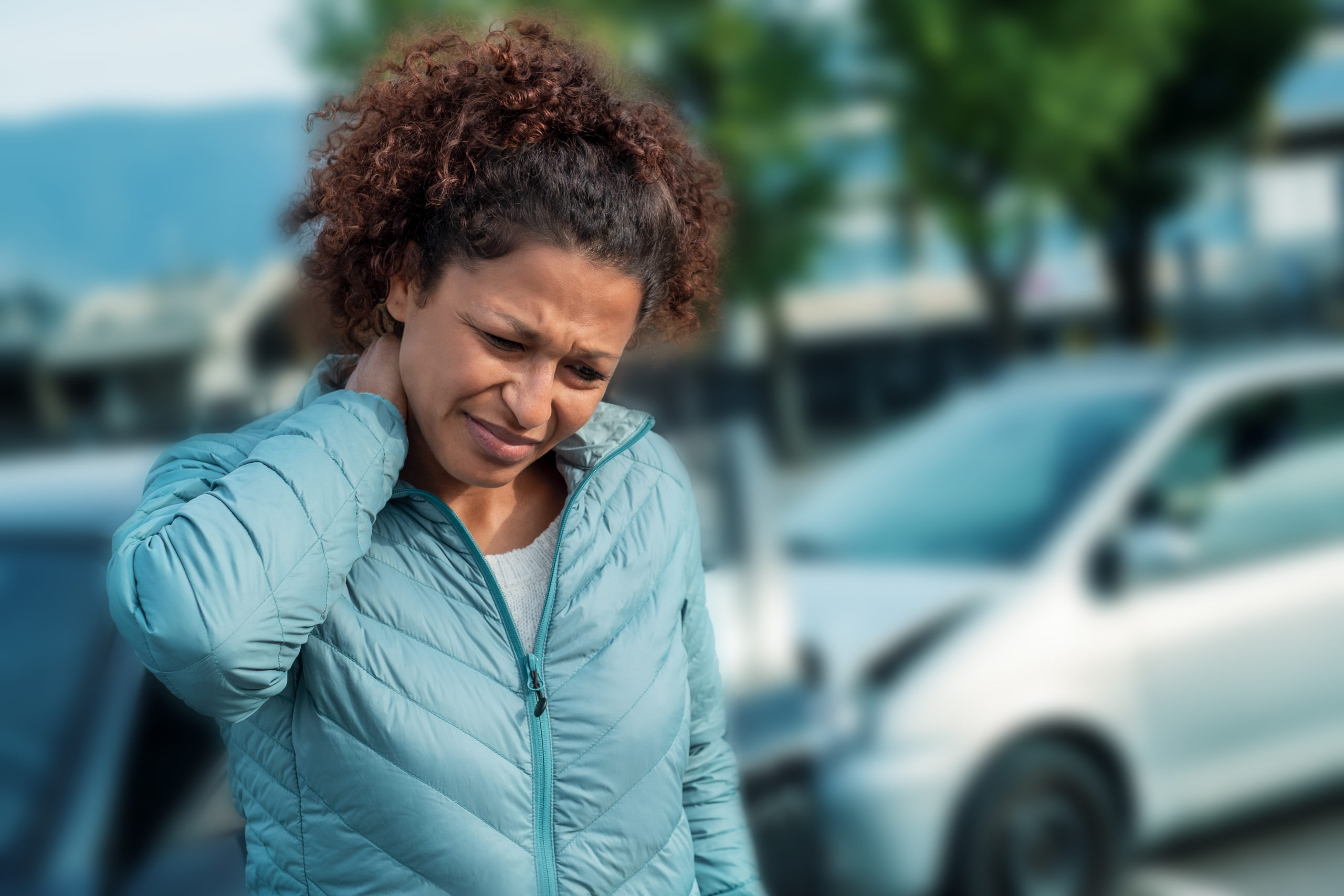Stephen Hasner | Car Accidents | April 8, 2020

Over 1.7 million rear-end collisions happen a year in the U.S. The effects of these accidents can result in both damage to your vehicle and bodily harm. Physical damages can range from minor to severe. In 2017, the U.S. Department of Transportation, National Highway Safety Administration estimated that over 7% of all fatal crashes were a result of a rear-end collision.
Rear-End Collision Statistics
A rear-end collision happens when one vehicle hits another from a rear angle. It is a common type of car accident. Two main causes of rear-end collisions are tailgating and distracted driving. Tailgating happens when a car follows too closely behind another vehicle on the road. Rear-end accidents caused by tailgating happen frequently because the following car does not leave enough space to respond quickly if the first car has to slow or stop suddenly.
Distracted driving is when a driver is doing another activity that takes their focus away from the road. This can be using a phone, looking for something in the car, or even talking to a passenger. The Centers for Disease Control and Prevention estimate that each day in the U.S. around 9 people are killed and more than 1,000 people are injured in vehicle accidents that involve distracted driving.
Rear-end collisions tend to happen at lower speeds. They most commonly take place at stop signs or stoplights. However, they can also happen at fast speeds. The following vehicle may not have enough time to make a proper stop if the front driver needs to brake quickly for some reason. This type of accident can be devastating on a crowded freeway or highway. It can also lead to multiple car pile-ups.
Back and Neck Injuries from Rear-End Collisions
Several types of back and neck injuries can result from rear-end collisions. These can be both minor and severe. Some injuries could need extended care or even life-long medical needs. Minor injuries are scrapes, bruises, and broken bones. Major injuries can include whiplash,
The most common type of neck injury from a rear-end collision is whiplash. This is a neck injury that occurs when the neck makes a forceful back and forth movement. Some people may get over the pain quickly while others develop chronic pain. The injury can be hard to assess at first because warning signs may not show until days after the accident. Symptoms may include neck stiffness and pain, headaches, dizziness, fatigue, tingling, memory problems, irritability, blurred vision, and ringing in the ears.
Back injuries from rear-end collisions can include thoracic and lumbar spine injures, herniated discs, and spinal cord injuries. Injuries to the thoracic spine tend to be severe because this connects to the chest and rib region. This type of injury may result in permanent or long-term nerve damage. The most serious type of injury is damage to the spinal cord. These can often lead to partial or total paralysis.
Rear-End Collision Legal Issues
There may be several costs after you are in a rear-end collision. Even if you do not have any physical injuries, there may be severe damage to your vehicle. Many serious injuries may not be diagnosed or felt until days after the accident. A doctor will need to see you and assess the severity of your injuries. They may need to run expensive tests including CT scans, MRIs, x-rays, and bone scans. You may also face costs of hospitalization, medication, or rehabilitation. For the most severe injuries, you may need long-term care.
Who will pay for these costs? Often, you can recover some costs through your or the other driver’s insurance. However, it is important to remember that the goal of insurance companies is not to pay you money. Rather, they try to settle with you for the least amount of compensation as possible. They have large teams of lawyers so it is in your best interest to hire a lawyer to advocate for you with the insurance company. This is especially true if you have a severe and life-long injury.
You may end up in a civil court after an accident. You could be the plaintiff suing someone for your injuries. You could also find yourself as a defendant where someone is blaming your actions for their injuries and they are seeking compensation from you. In either of these cases, fault will need to be proven. In general, fault is assigned to the rear driver. If you were the rear driver, you will need to be able to show why you are not to blame for the accident. A lawyer will be able to help you make this argument.
Contact the Atlanta Car Accident Attorneys from Hasner Law PC for Help Today
For more information, please contact the Atlanta car accident law firm of Hasner Law P.C. at our nearest location to schedule a free consultation today.
We serve in Fulton County, Chatham County, and its surrounding areas:
Hasner Law PC – Atlanta Law Office
2839 Paces Ferry Rd SE #1050
Atlanta, GA 30339
(678) 888-4878
Hasner Law PC – Savannah Law Office
221 W York St
Savannah, GA 31401
(912) 234-2334


